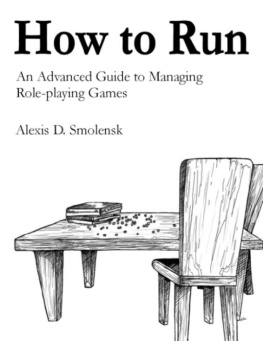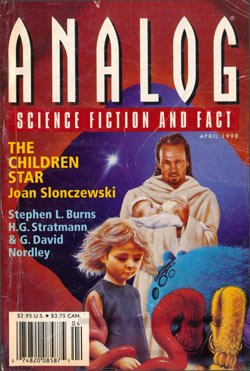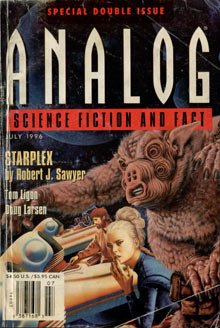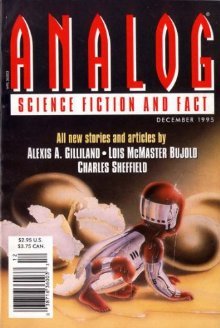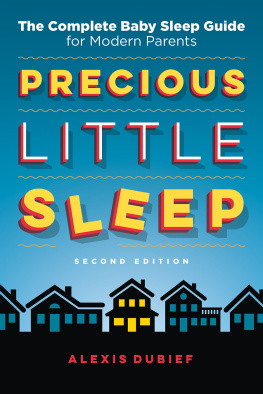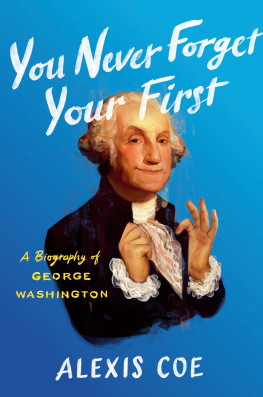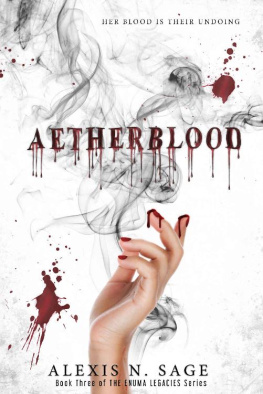Alexis D. Smolensk - How to Run
Here you can read online Alexis D. Smolensk - How to Run full text of the book (entire story) in english for free. Download pdf and epub, get meaning, cover and reviews about this ebook. year: 2014, publisher: Lulu.com, genre: Romance novel. Description of the work, (preface) as well as reviews are available. Best literature library LitArk.com created for fans of good reading and offers a wide selection of genres:
Romance novel
Science fiction
Adventure
Detective
Science
History
Home and family
Prose
Art
Politics
Computer
Non-fiction
Religion
Business
Children
Humor
Choose a favorite category and find really read worthwhile books. Enjoy immersion in the world of imagination, feel the emotions of the characters or learn something new for yourself, make an fascinating discovery.
- Book:How to Run
- Author:
- Publisher:Lulu.com
- Genre:
- Year:2014
- Rating:5 / 5
- Favourites:Add to favourites
- Your mark:
- 100
- 1
- 2
- 3
- 4
- 5
How to Run: summary, description and annotation
We offer to read an annotation, description, summary or preface (depends on what the author of the book "How to Run" wrote himself). If you haven't found the necessary information about the book — write in the comments, we will try to find it.
How to Run — read online for free the complete book (whole text) full work
Below is the text of the book, divided by pages. System saving the place of the last page read, allows you to conveniently read the book "How to Run" online for free, without having to search again every time where you left off. Put a bookmark, and you can go to the page where you finished reading at any time.
Font size:
Interval:
Bookmark:
An Advanced Guide
To managing Role-playing Games
by
Alexis D. Smolensk
PEGASUS RIDER PUBLICATIONS
ISBN: -1-312-35 -
First Printing: 2014
Copyright @ Pegasus Rider
Cover Design: Karen Ann Sim , www.karensim.net
Authors Blog: tao-dnd.blogspot.com
All rights reserved, including the right of reproduction in whole or in part in any form
How to Run
A Note Regarding the DM
Introduction
Part 1
Chapter 1
Chapter 2
Chapter 3
Chapter 4
Chapter 5
Chapter 6
Part 2
Chapter 7
Chapter 8
Part 3
Chapter 9
Chapter 10
Part 4
Chapter 11
Chapter 12
Chapter 13
Chapter 14
Part 5
Chapter 15
Bibliography
Quotes
Index
A Note Regarding the DM
I confess that I am an anachronism. The term DM was the one used when I first began role-playing in 1979. I cling to it because I am old, I am sentimental and because within the context of RPGs it is impossible to mistake the acronym for anything else.
Many enthusiasts today prefer the term GM, or Game Master. I have never been happy with this watered down alternative. The original title has zeal. It has mystery. A GM is a general manager , a modernistic, shareholder-serving drone, a caretaker of someone else s business, fitting a neat, round, limited hole.
I do not conceive that it is my role to manage generally. Games must be managed, truly, as the title of this book admits. In the larger sense, however, games must be mastered . It is my role to oversee the dungeon of the player s soul . F or that I must call myself the DM. It is a title that carries weight. It is a title that echoes in the catacombs and tombs. It whispers in the wind. It thunders from the clouds.
Thus I embrace the title. I will not surrender it.
This is not a book about Dungeons & Dragons, except that D&D happens to be a role-playing game. Much of my experience has been with D&D and much of what I write will reflect that experience. However, the gentle reader should find the content of this book might be applied to any role-playing game, regardless of the genre, time period or system upon which that game is based.
Dungeons & Dragons was the first truly successful RPG, but i t i s an unfortunately named game. The creators in the 1970s failed to recognize that the game would evolve until neither the dungeon nor the dragon remained crucial to play. L ike all games of its type, it is described as a role-play , though no requirement in the rules demands that a role be assumed while playing. It is an odd game.
Well, every activity develops a host of idiosyncrasies that are quarrelled over by the participants. I have no interest in dissecting these. I did not write this book to discuss the playing of roles , n or to settle any quarrels about the best sort of game. I may hint about such things, but as they are not within the mandate of this book, I do not discuss them at length.
Moreover , this book has not been written for new players. Throughout, I will be speaking about aspects of role-playing without taking the time to define my terms. Therefore, this book may be somewhat incomprehensible to the uninitiated. Too bad ! Neophytes may apply themselves to the many books and materials on the market intended to introduce them to role-playing. This is not one of those books. This book is not an introduction. It is an advanced guide.
As such, this book presumes the reader already knows what the dice are for or what a character is. It presumes a foreknowledge of spells, monsters, experience, upgrading, character stats and so on. The reader, therefore, shouldn t expect a long-winded definition of an adventure, or any explanation of what is meant by running the game. There is no glossary of terms to be found in the back. No time is taken to explain the origin of game rules or how they have changed over time. This book should be taken as an in - depth study produced for those who already have experience at playing or running.
D isappointing for some , this book was not written for players. It is expressly for the DM. A player will no doubt gain some insight upon reading the pages within, but there is no content here that will tell the player how to be a better role-player or how to succeed at a campaign. These things are better left for another book.
Role-playing games are difficult to manage. They are complex. There are very few materials that are directed purely at improving a DM s expertise. This explains why there are so few game-masters... and fewer still that run the game well. Most DMs who are out there playing are wallowing; they are doing the best they can. They understand the rules, they understand conventionally what they are meant to do but they haven t the skills or the training to do the job well. They have a surfeit of materials on the market to help them with the game s mechanics but little that explains the game s presentation or how the setting is made from scratch. Every DM today has nothing more to go on than instinct, observation and a few scant paragraphs scattered among thousands of books. Every DM hopes that trial and error will win out. Mostly, it doesn t.
I expect to offer something better.
This is not a rulebook. This book does not contain rules. It does not discuss systems for combat, or for spell use, nor does it offer any tables or templates for characters or skill sets. This book has not been written to settle the matter of railroading versus sandboxes. I am unquestionably in the camp of the latter, but the DM who makes use of story arcs, narratives and pre-destined gaming will find just as much content here as a DM of my stripe. At times, I make the argument for yielding to the player s agency. The reader should not doubt that this is a prejudice of m ine and not a de facto statement of the only way to DM a game.
I have said this already, but I feel it deserves repetition : this book is not geared for fantasy or for the medieval setting. It does not care what edition of game the reader plays, or if the reader is Old School or New School. I did not take any time to discuss the importance of house rules, or the matter of roll-playing versus diceless games . That is because this book was written with the philosophy that the mechanics of the game are irrelevant to the game s quality.
The improvement of the game is not found in the game played. It is found in the mastery of the game.
Make no mistake. To improve, the reader will be asked to work. No change can be obtained without working towards change. T his book will ask its readers to strain their imagination. I will show how to structurally design a unique and meaningful world from the ground up not with a set of checklists for what the world ought to contain, but by discussing how entities function and evoke player behaviour . Directions will be given that will require months of dedicated work in order to present ideas to players, so that the reader can settle on the content of their world and bring it to fruition. Ideas will need to be defended. Work will need to be scrapped. The reader s mindset, indeed the reader s whole conception of what goes to make an active game will be challenged.
This book invites the reader to change his or her mind. It demands a reconsideration of the term running. It challenges preconceptions of why players act as they do and what players want. It offers insights into your own motivations, your limitations and your frustrations as a DM. And it offers strategies that will enable you to compensate.
For an idea to grow, the hard, packed earth must be furrowed. The soil must be shaped to allow a seed protection. Time and care must be given for the seed to germinate. A DM is not made in a day or with one book. To DM very well takes a lifetime of experience yet it must be the right experience.
Font size:
Interval:
Bookmark:
Similar books «How to Run»
Look at similar books to How to Run. We have selected literature similar in name and meaning in the hope of providing readers with more options to find new, interesting, not yet read works.
Discussion, reviews of the book How to Run and just readers' own opinions. Leave your comments, write what you think about the work, its meaning or the main characters. Specify what exactly you liked and what you didn't like, and why you think so.

